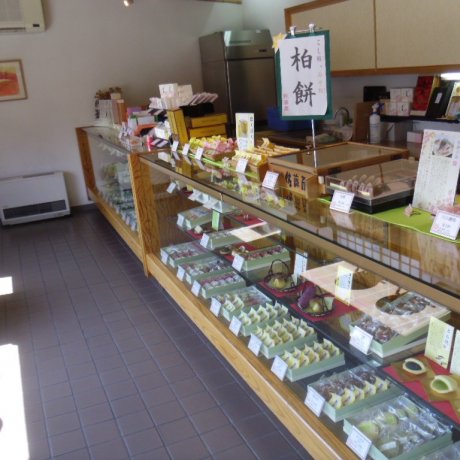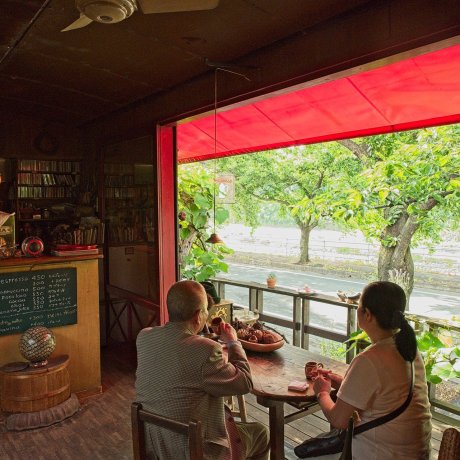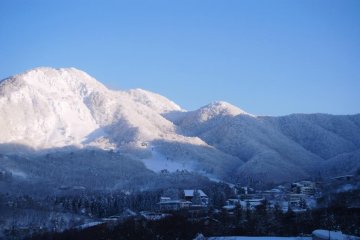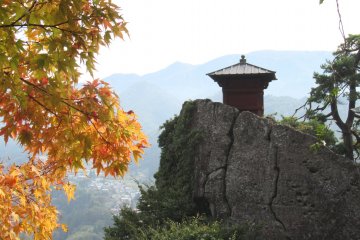

Yamagata City
Capital of this mountain prefecture
Things to do in Yamagata City
Upcoming Yamagata City Events

Zao Snow Monster Festival 2025-2026
Every winter, Mount Zao in Yamagata Prefecture becomes overrun with hordes of “snow monsters.” This natural spectacle is calle..
Where to eat in Yamagata City

Satoya Sweets
Laura WelchJapanese- and Western-style, handmade sweets, made with techniques passed down through generations of the Sato family. There's..
 14
14
Shojiya-The Art of Making Soba
Alena EckelmannThe art of making soba at Shojiya restaurant in Yamagata City

Tomitaya Zao Onsen
Hannah WarrenUnlike most of Japan, lamb is popular in this part of Yamagata, and it is almost always eaten barbeque style.
Places to stay in Yamagata City

Zao Shiko Hotel in Zao Onsen
Alena EckelmannZao Shiko Hotel. onsen and ski slopes nearby. Excellent service by English-speaking staff
 9
9
Walking around Zao Onsen Town
Jerome LeeZao Onsen town is located in Yamagata Prefecture, and JR East Pass holders are able to get there from Tokyo station via a 2.5 hour..

Koyo Ryokan in Kaminoyama
Alena EckelmannKoyo Ryokan in Kaminoyama Onsen near Yamagata City and near the Zao mountains is ranking amongst the best ryokan in Japan. The Ogami..
Latest Yamagata City Reports
 20
20
Climbing Yamadera
Elena LisinaClimbing Yamadera is a fun and manageable hike, rewarding you with amazing views from the top. On the way up, you'll pass several..

The Omoshiroyama-Yamadera Trail
Sandro BernardinelloA long hike to the summit of Yamadera temple. Starting from the Omoshiroyama station, this trail goes through a narrow valley toward..

A Summer Day in Yamagata City
Sandro BernardinelloThe unique experience of shaping yourself clay into a cup; incredibly kind people; good food and a slower pace living. Welcome to..




















